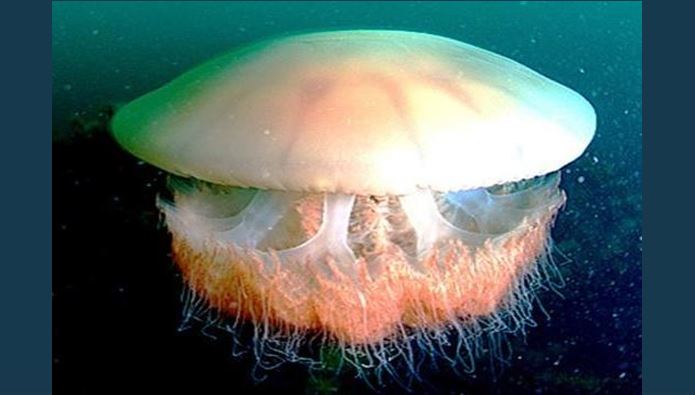
Aug. 6 (UPI) — South Korea’s maritime ministry has issued an alert as a rising number of Nomura’s Jellyfish are being located near the coasts of major cities, including Busan and Ulsan.
Nomura’s Jellyfish, a giant species that can grow up to nearly 7 feet in diameter and resides primarily in waters between China and Japan, are invading the South Korean coast as extreme summer heat continues to affect the region. Climate change has been cited as a possible reason for the population increase in Nomura’s Jellyfish.
The South Korean government alert was issued on Monday, local news service Newsis reported. The warning comes after Seoul also issued similar alerts for other coastal areas on July 12, including South Jeolla Province and Jeju Island.
South Korea’s national fisheries research and development institute confirmed on Aug. 1 the jellyfish, which can sometimes cause death by envenomation, was expanding rapidly near Busan, South Korea’s second-largest city.
A total of 50 to 60 of the jellyfish were found in one area near Geoje Island, South Gyeongsang Province, according to Newsis.
In waters near the city of Pohang, the jellyfish were found swimming in waters about 40 to 50 meters below the water’s surface, the report stated.
The jellyfish in Korean waters originated from the coastal regions of China, and began appearing in large numbers in the East China Sea in May, then migrating to South Korea’s Jeju Island in July, according to Newsis.
South Korea issued the alert after the population density of Nomura’s Jellyfish reached one jellyfish per 100 square meters of water, Yonhap reported.
Seoul’s maritime agency said it is “doing its best” to prevent accidents in a “quick and timely manner” during the country’s beach season, according to the report.





